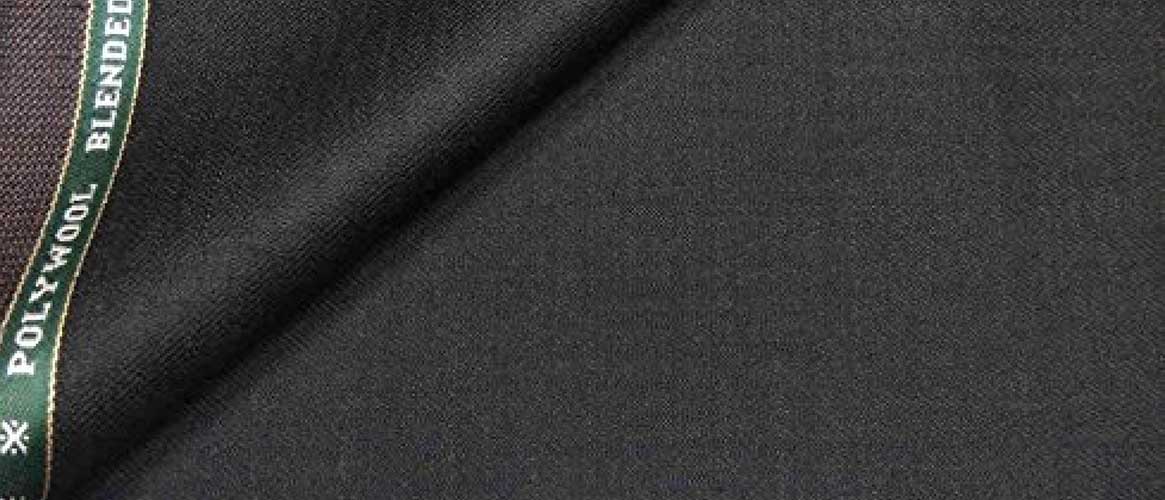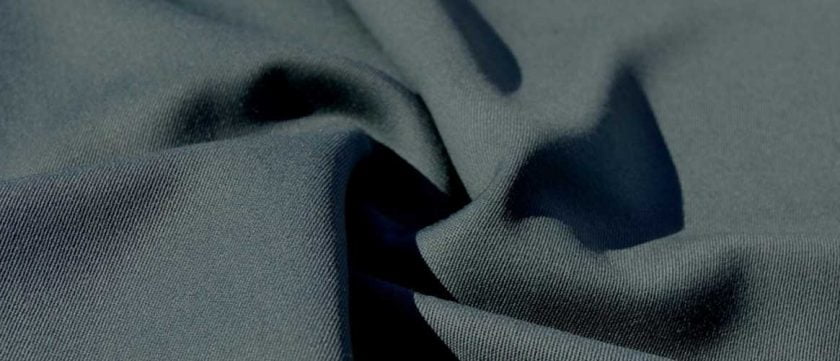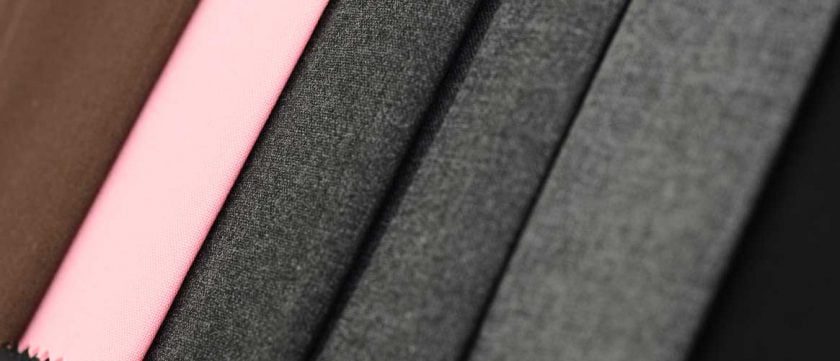Poly Wool
Poly-viscose fabric (or just polyviscose) is a blend of viscose and polyester. Both are also made into clothing on their own, but are very different to wear and care for – see below. Blending polyester with viscose gives the best of both worlds, very affordably. Polyviscose is best described as a semi-natural or semi-synthetic fibre.
By blending viscose and polyester to make a new fabric quality, poly-viscose largely retains the pleasant drape and feel of standard viscose, so its touch is quite natural to handle. But the added polyester means polyviscose is much easier to care for, as it’s machine washable and can be tumble-dried. It’s also very robust, making it ideal for hard wearing clothes or heavy commercial settings such as public seating. Polyviscose has better wicking and breathe-sensation than most artificial fibres, but is less breathable than fully natural fibres like wool. Poly-viscose enjoys a high lustre, which is a characteristic of both its constituent materials. And that it can be heat-set is an advantage for products like kilts or pleated ladies skirts which benefit from a permanent crease.
here are three main types of customer who choose polyviscose. The first appreciates its hard-wearing and washable qualities as well as its cost-effectiveness, using the fabric in upholstery, garments or soft furnishings that are liable to wear and tear or need regular washing, such as heavy duty seating, uniforms, children’s clothes, or tablecloths.
Another group are those who suffer from an allergy to wool. These customers select polyviscose as a wool-substitute, thanks to its anti-allergenic (or hypoallergenic) properties. In fact a good polyviscose can be hard to distinguish at first sight from pure new wool when made into a skirt or kilt. So in many ways poly-viscose is an ideal alternative to wool.
A third reason is that as a semi-natural product with no animal source. So polyviscose is preferred to wool by vegans and some vegetarians.




